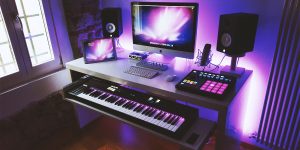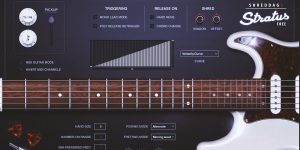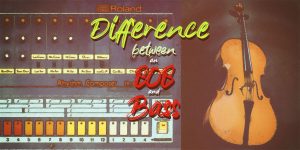In the world of music production, the question “What equipment does a producer need?” is the starting point for every aspiring creator. As a seasoned music enthusiast, I’ve come to appreciate the essential tools that can make or break a production. Understanding the must-have equipment is pivotal whether you’re just starting your journey or looking to refine your setup. Join me as we delve into the key gear that forms the backbone of every successful music producer’s studio.
Basic equipment for music production
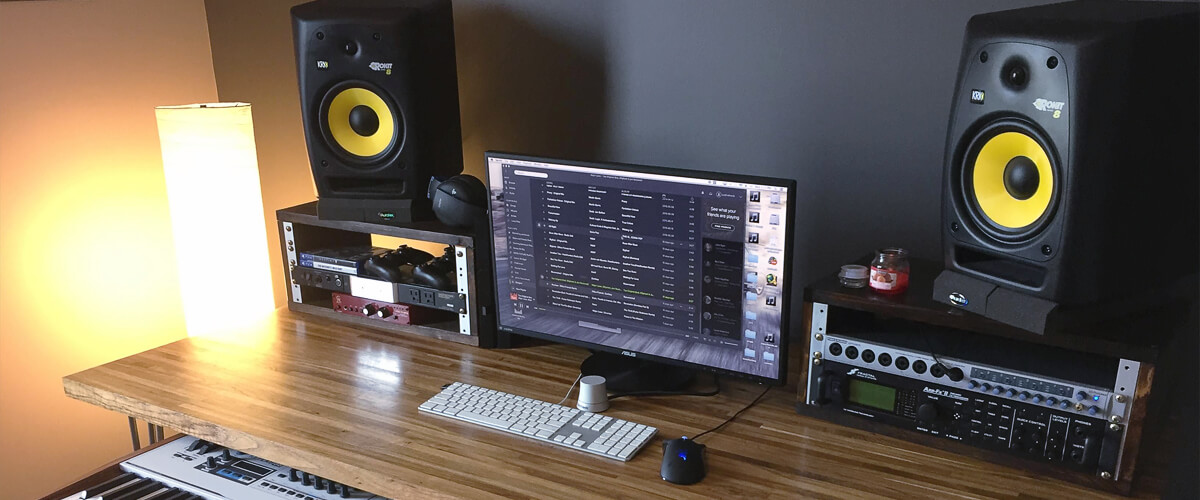
Embarking on the journey of music production requires a reliable set of tools, and at the heart of this toolkit lies the equipment for mixing music that lays the groundwork for crafting exceptional sounds. In this section, we’ll delve into the essential music production equipment that every music producer should consider.
Computer
The computer serves as the canvas for your musical creations and is responsible for running software and storing vast libraries of audio files. When selecting a computer or laptop for music production, the specifications are paramount. Key considerations include processing power, a substantial amount of RAM (at least 16GB), and a capacious SSD drive (minimum 512GB) to ensure seamless operation.
DAW, or Digital Audio Workstation
The Digital Audio Workstation (DAW) is the heartbeat of your music studio—a software application for recording, editing, and creating audio files. Your choice of DAW can significantly influence your production workflow and creative output. When considering a DAW, factors like your computer’s performance capabilities, the musical genres you work with, and the range and quality of built-in plugins should be examined closely.
Here are a few popular DAWs with their distinctive features:
| DAW | Features |
|---|---|
| FL Studio | Known for lifetime free updates, a broad range of built-in plugins and instruments, including virtual instruments and processing effects. It boasts an intuitive interface that’s easy to master. Available for Windows and macOS. |
| Ableton Live | Renowned for its fluid workflow and speed. Offers an array of built-in plugins and virtual instruments, with the option to expand through Max for Live. It has a steeper learning curve than FL Studio. Available for Windows and macOS. |
| Logic Pro | Features powerful mixing and mastering tools. While it offers fewer virtual instruments compared to FL Studio and Ableton Live, its ease of use makes it an attractive option. Exclusive to macOS. |
| Pro Tools | High-quality built-in audio processing plugins, although it has fewer built-in virtual instruments. It’s resource-intensive and less beginner-friendly. Nonetheless, it’s an industry standard in commercial music and film. Available for Windows and macOS. |
| Cubase | Offers comprehensive virtual instruments and built-in audio processing plugins, with a strong focus on routing capabilities. The wide range of features can make it complex to learn. Available for Windows and macOS. |
| Studio One | A serious contender, akin to Cubase, with an array of capabilities and tools for music work. Yet, it boasts a more intuitive interface, making it easier to grasp. Available for Windows and macOS. |
An audio interface
An indispensable tool in the music production arsenal is the audio interface. This hardware marvel acts as a translator, converting analog audio signals from microphones and instruments into digital data that your computer can comprehend. The choice of an audio interface greatly impacts sound quality, signal latency, and the versatility of your production setup.
When evaluating an audio interface, factors like sample rate and bit depth come into play. Aim for a minimum sample rate of 44.1 or 48 kHz and a bit depth of 24 for capturing detailed audio nuances. Furthermore, consider the number and type of input and output connections. XLR, TRS, and MIDI ports are common interfaces catering to different instruments and peripherals. Quality preamps are crucial for pristine sound capture, especially when working with microphones.
Popular audio interface options:
- Focusrite Scarlett 2i2: A budget-friendly choice with solid preamps and straightforward usability.
- Universal Audio Apollo Twin: Offers high-quality preamps and built-in DSP processing for real-time effects.
- PreSonus AudioBox: A compact and versatile option suitable for smaller setups.
Studio monitors and headphones
Accurate monitoring is paramount for refining your music’s sonic quality. Studio monitors and headphones are your ears’ lenses into your mix. Monitors, typically available as active (powered) or passive (requiring external amplification), provide an unembellished perspective of your audio. They showcase tonal balance, stereo imaging, and spatial depth.
Considerations for studio monitors:
- Acoustic treatment of your studio space helps mitigate unwanted reflections and resonances, ensuring accurate monitoring.
- Nearfield monitors (smaller) are suitable for smaller spaces, while midfield monitors (larger) are optimal for larger control rooms.
- Look for monitors with a balanced frequency response, aiding in precise sound sculpting.
Conversely, studio headphones offer isolation and immersive sound perception, allowing for focused mixing and editing. Open-back headphones, like the Sennheiser HD 650, deliver a spacious soundstage, ideal for mixing. Closed-back headphones, such as the Beyerdynamic DT 770 Pro, excel at recording scenarios due to their noise isolation.
Investing in must-have producer equipment is a commitment to sonic excellence, guiding your production decisions with precision and accuracy.
Advanced equipment for music production

As your music production journey evolves, so do your demands for advanced tools. This phase involves expanding your creative horizons and refining your sonic palette. Here are some pivotal components that will elevate your production game:
MIDI controller
A MIDI controller is an essential tool for crafting expressive music. It enables you to play virtual instruments and manipulate software parameters in a tactile manner. Whether it’s a keyboard, drum pad, or another device, a MIDI controller bridges the gap between your creative intentions and the digital realm. To enhance your experience, opt for MIDI keyboards with weighted or semi-weighted keys and rubberized drum pads. The tactile feedback greatly justifies the investment.
Virtual instruments and VST plugins
Virtual instruments and VST (Virtual Studio Technology) plugins inject your productions with a plethora of sounds and effects. While starting with built-in virtual instruments is advisable, expanding your sonic palette with third-party offerings becomes essential as your proficiency grows. These instruments cover a vast range of genres and moods, often emulating the timbre of real instruments with stunning accuracy. Renowned plugins like Native Instruments Kontakt, Spectrasonics Omnisphere, and Serum by Xfer Records provide boundless creative possibilities.
Sample library and subscription to sample service
A well-curated sample library adds depth and diversity to your productions. Pre-recorded samples ranging from drums and percussion to instruments and vocals can elevate your tracks. Curating your collection, however, is a professional’s knack. Select samples that resonate with your music’s genre and style.
Subscribing to sample services like Splice and Loopcloud provides access to an ever-expanding range of high-quality samples. These platforms offer convenience, cost-effectiveness, and collaborative opportunities, enhancing your music production journey.
Microphones
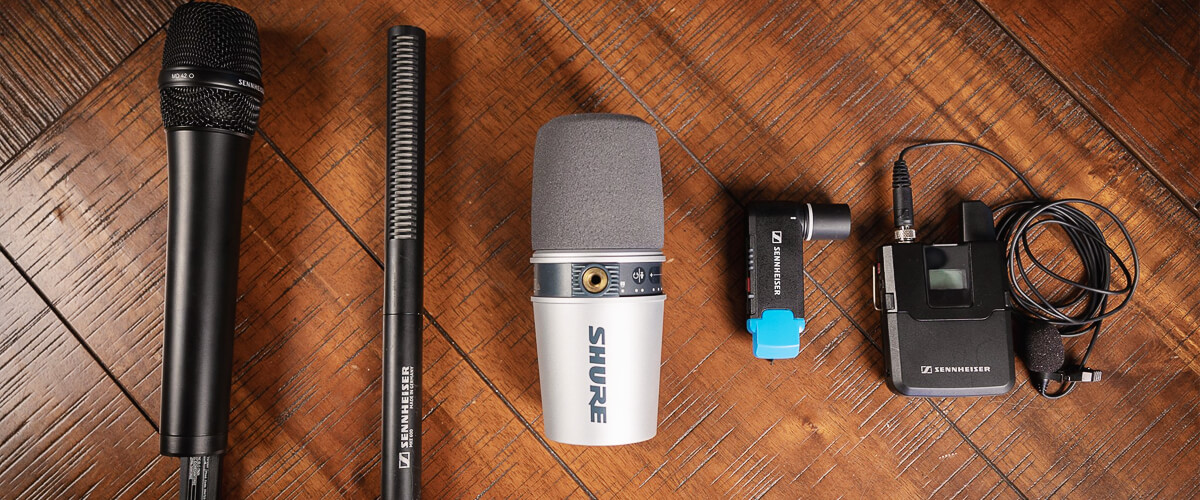
High-quality sound capture is indispensable for professional-grade recordings. Studio microphones come in various types and polar patterns, catering to different recording scenarios. Two main categories are condenser and dynamic microphones. Condenser mics, sensitive and detailed, excel in vocal and acoustic instrument recording. Dynamic mics, rugged and less sensitive, are ideal for capturing loud sources like guitar amps and drums.
Common polar patterns:
- Cardioid: Captures sound primarily from the front and rejects sounds from the rear.
- Figure-8 (Bidirectional): Captures sound from the front and rear, ideal for two-sided recording.
- Omni-directional: Picks up sound evenly from all directions, suitable for ambient recording.
Acoustic treatment
Acoustic treatment transforms your space into an acoustically optimized environment, which is crucial for accurate monitoring and recording. The treatment minimizes undesirable reflections, echoes, and standing waves, ensuring an uncolored sound.
Treatment elements:
- Bass traps: Absorb low-frequency sound waves, preventing bass buildup.
- Acoustic foam: Absorbs mid and high-frequency sound reflections, enhancing clarity.
- Diffusers: Scatter sound waves, creating a more natural acoustic environment.
- Acoustic panels: Absorb sound energy, improving sound balance and clarity.
Remember, music producer setup is a dynamic ecosystem; as your expertise grows, so will the sophistication of your audio production equipment.
Summing up
The necessary gear for music production isn’t just about having the latest gadgets; it’s about making informed choices that resonate with your unique preferences. Crafting your setup requires a delicate balance between personal taste and the tools that will empower you to translate your creative visions into reality. Understanding the essentials ensures that you’re equipped to efficiently navigate your musical journey with purpose and productivity.





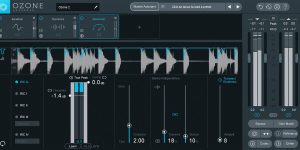
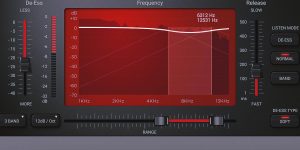
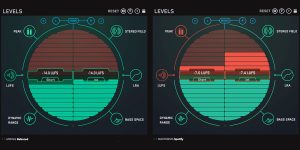
![What exactly makes a song good? [The Hits Anatomy]](https://dopevst.com/wp-content/uploads/2023/08/what-makes-music-good-300x150.jpg)
